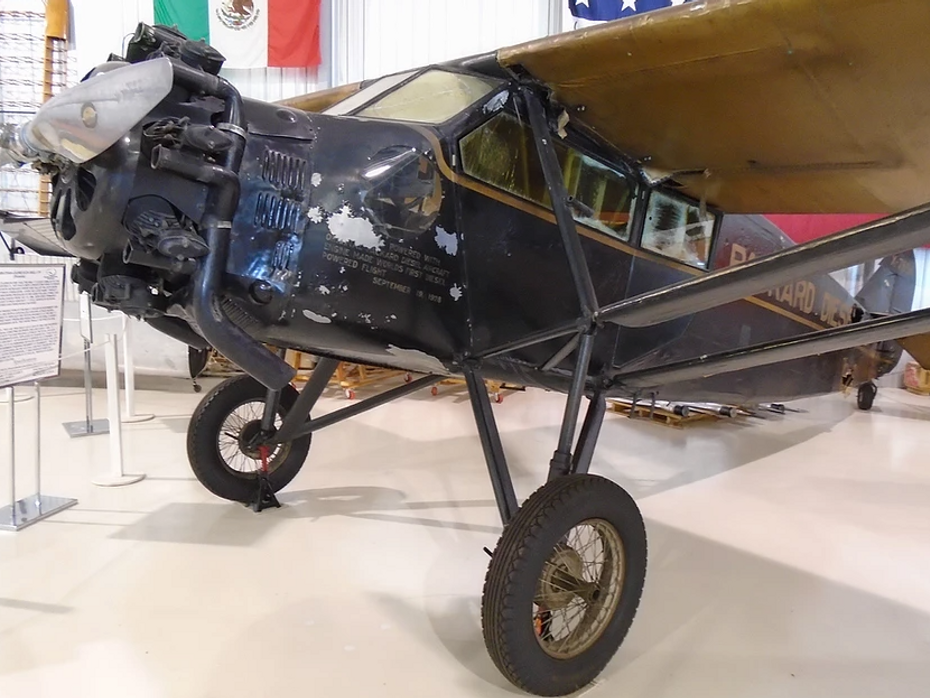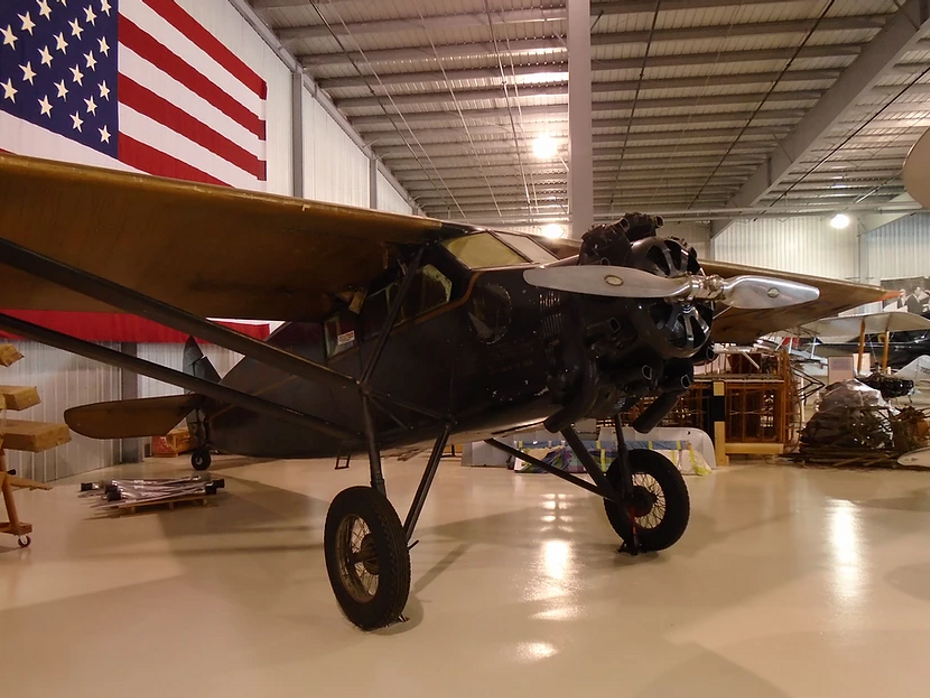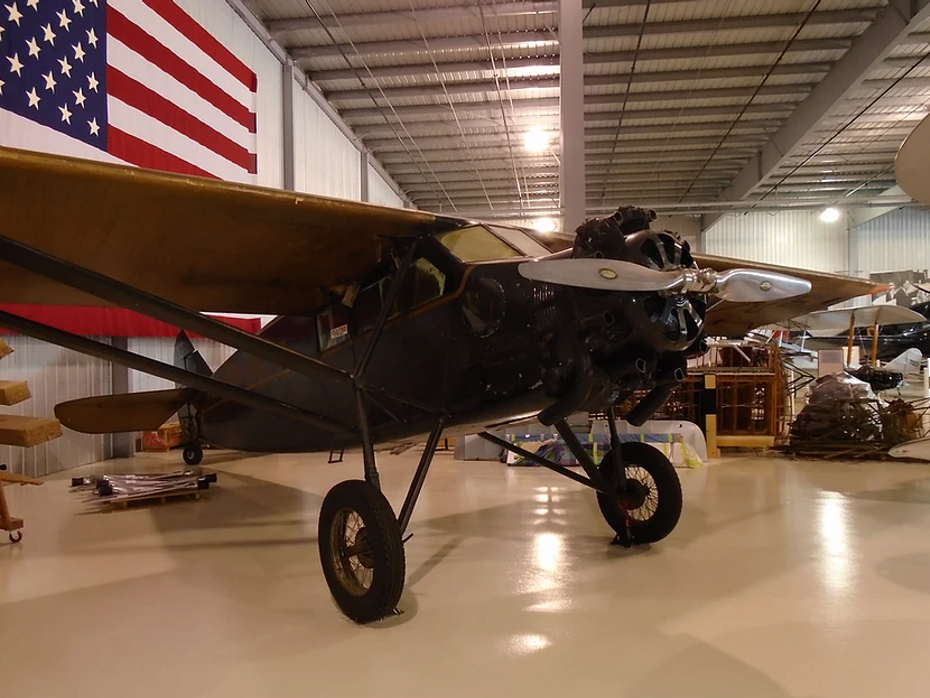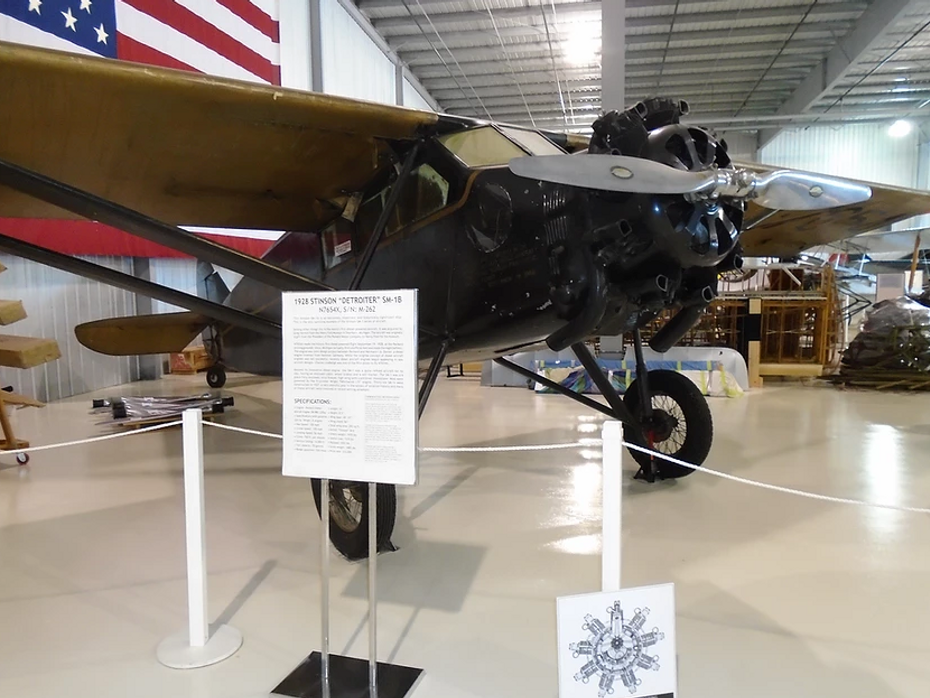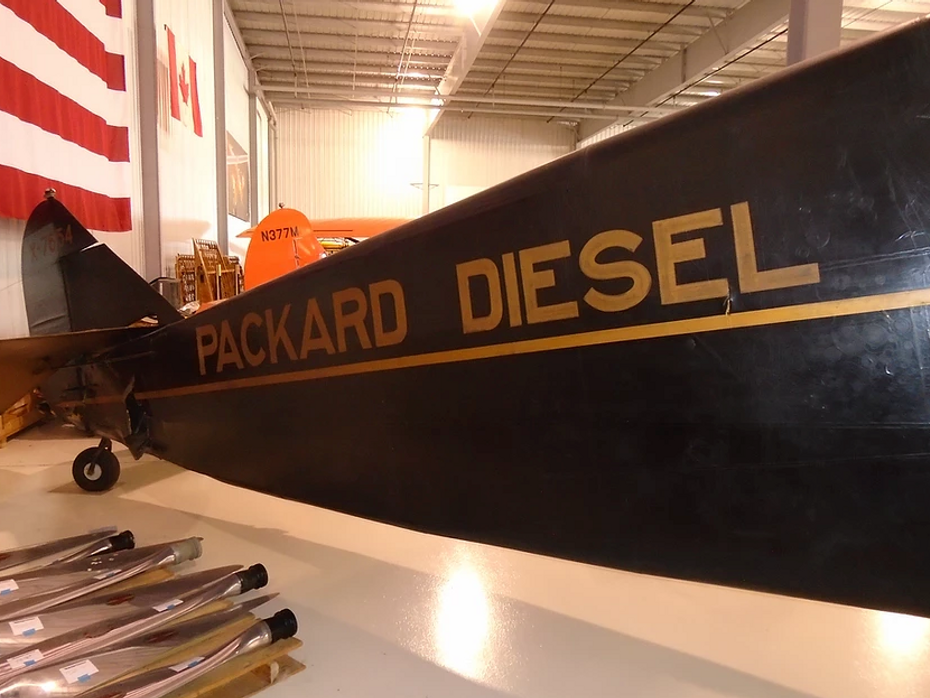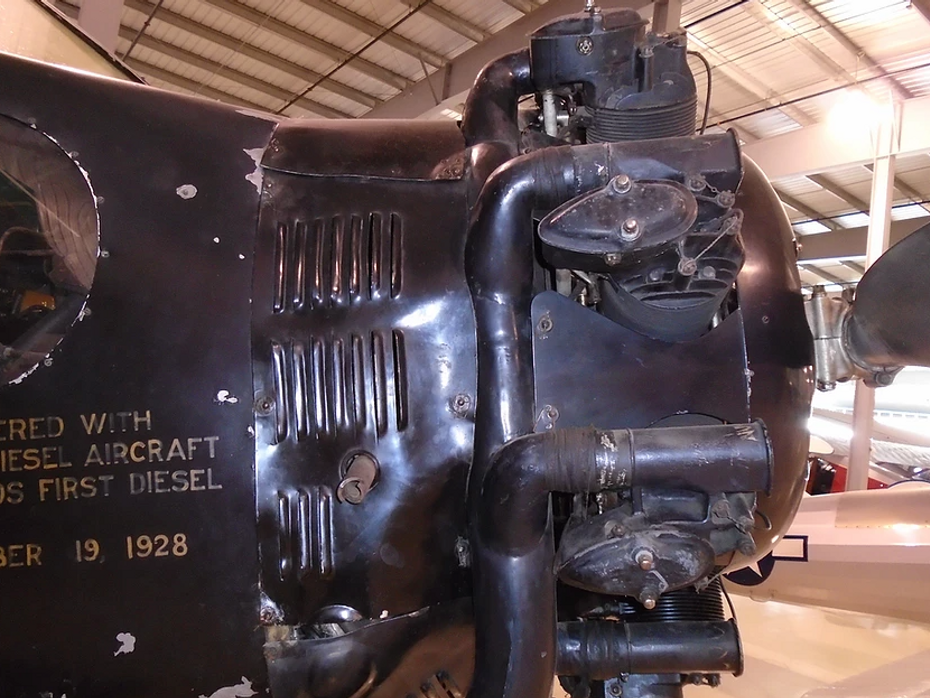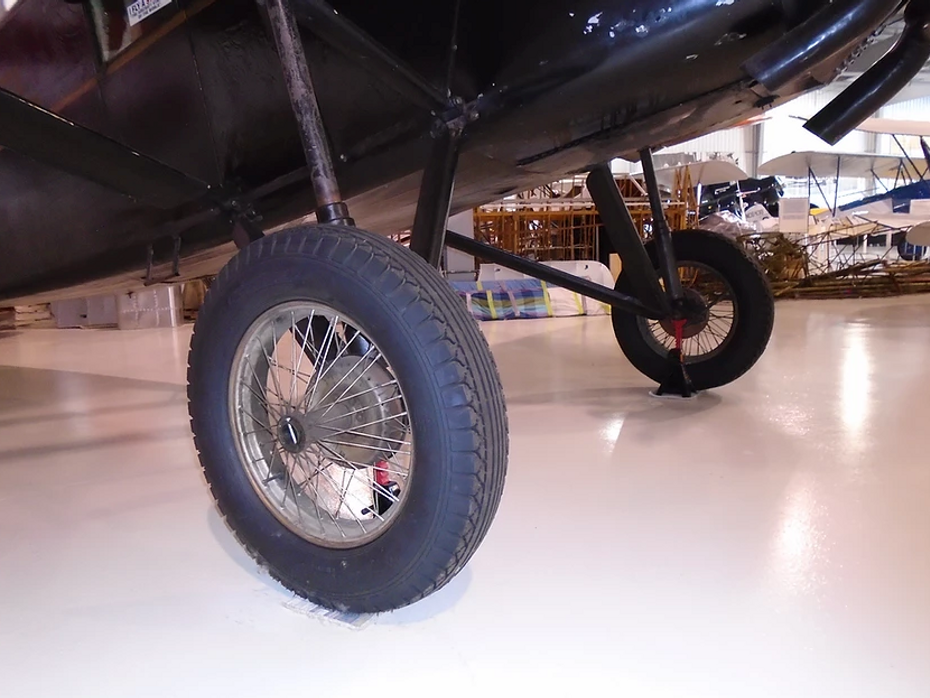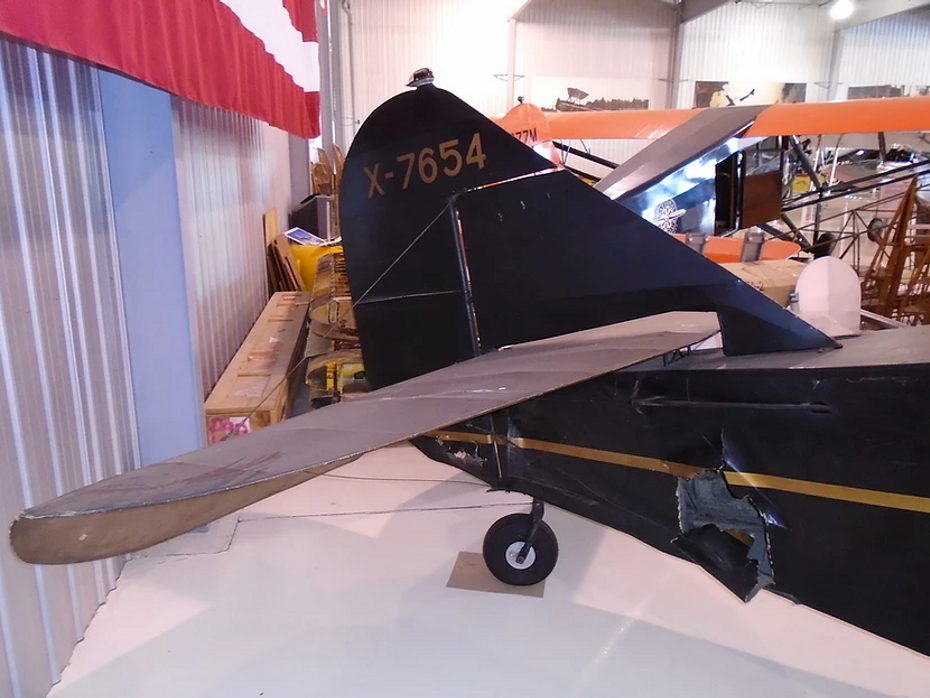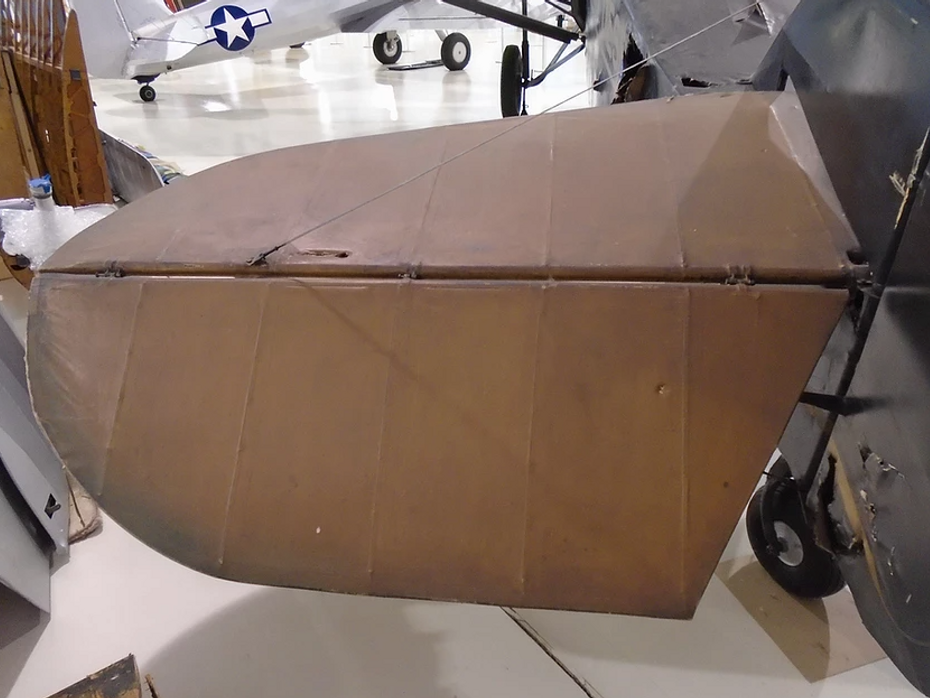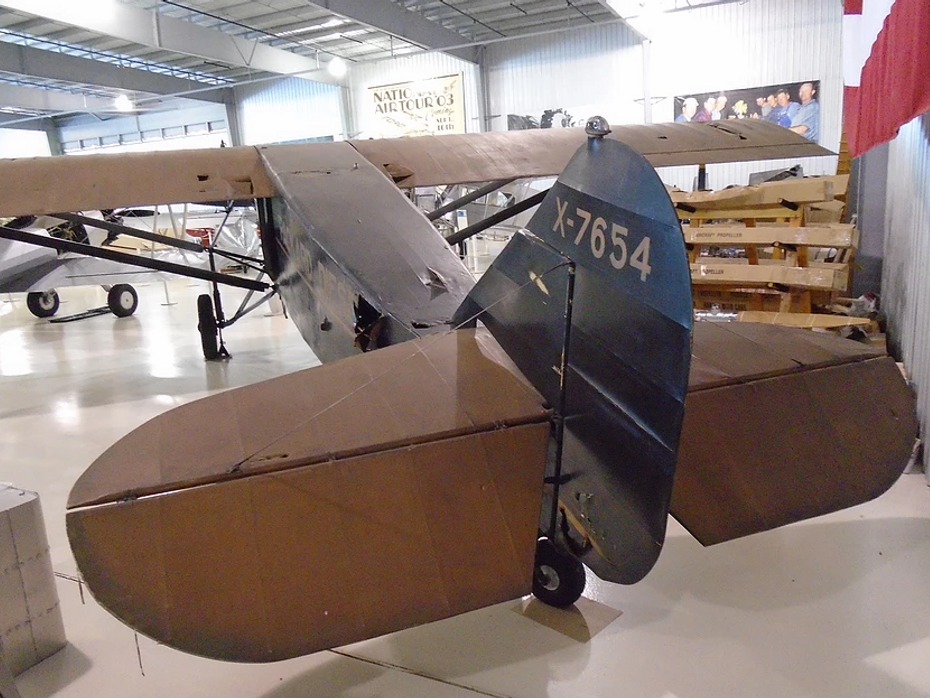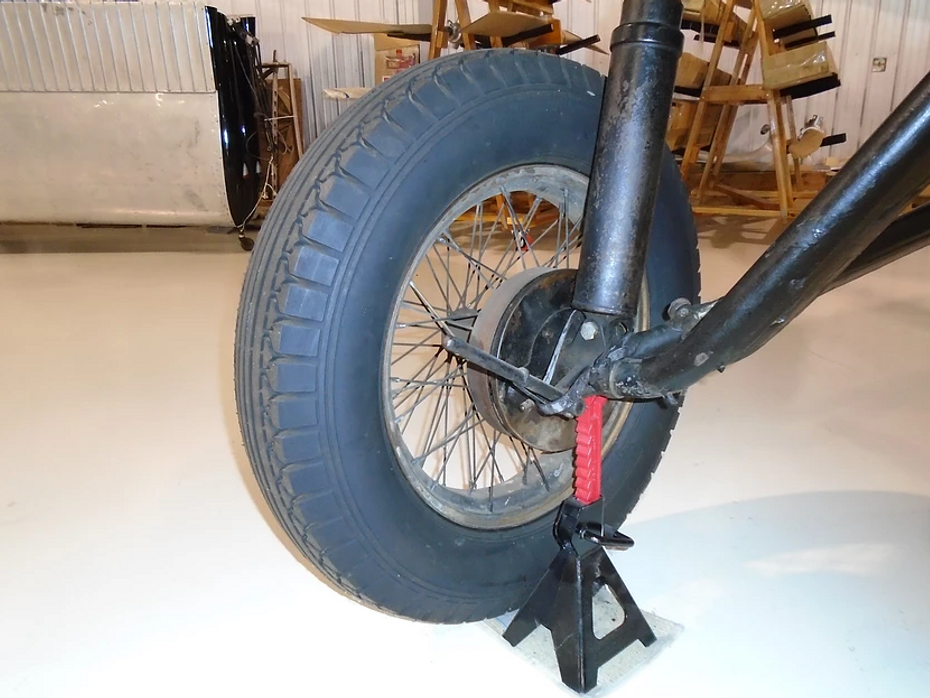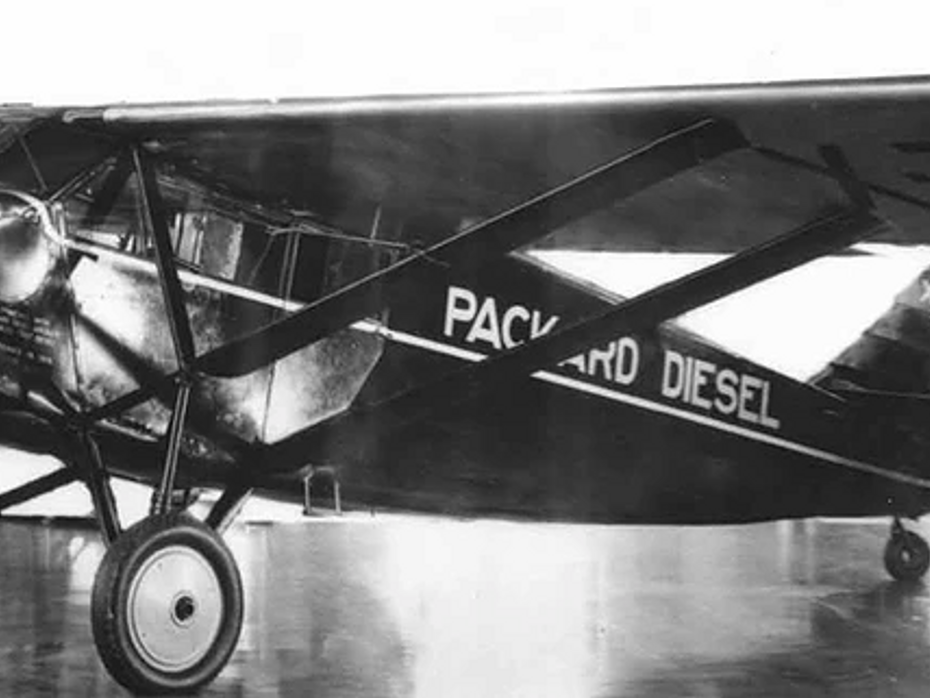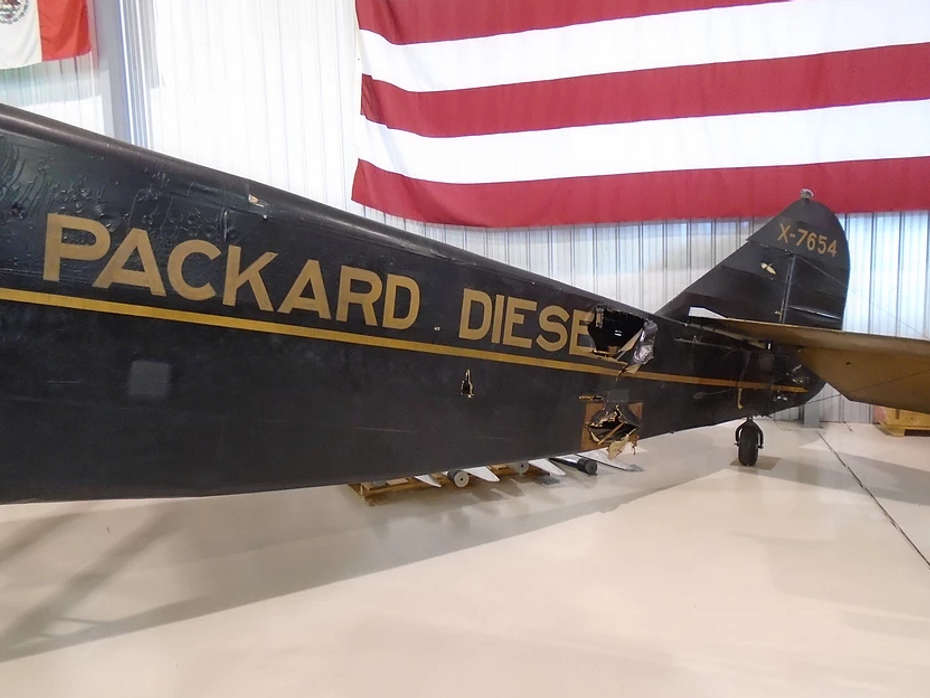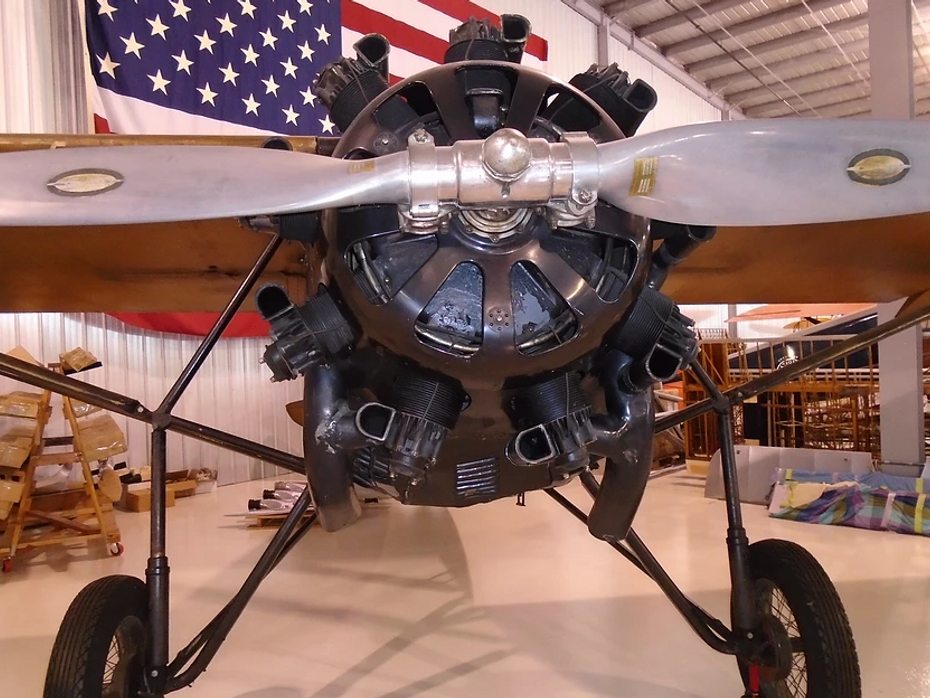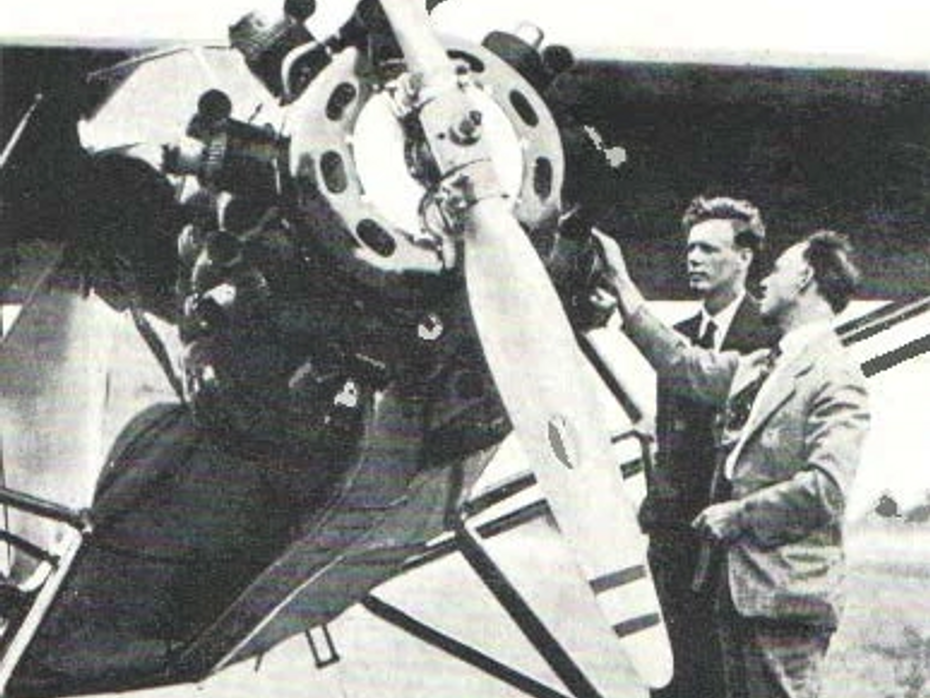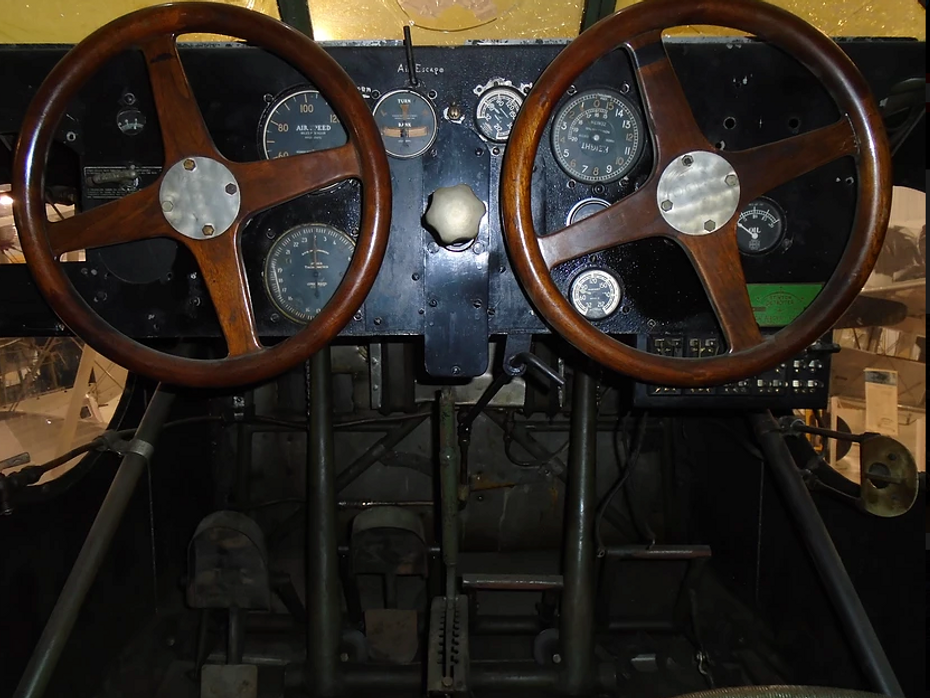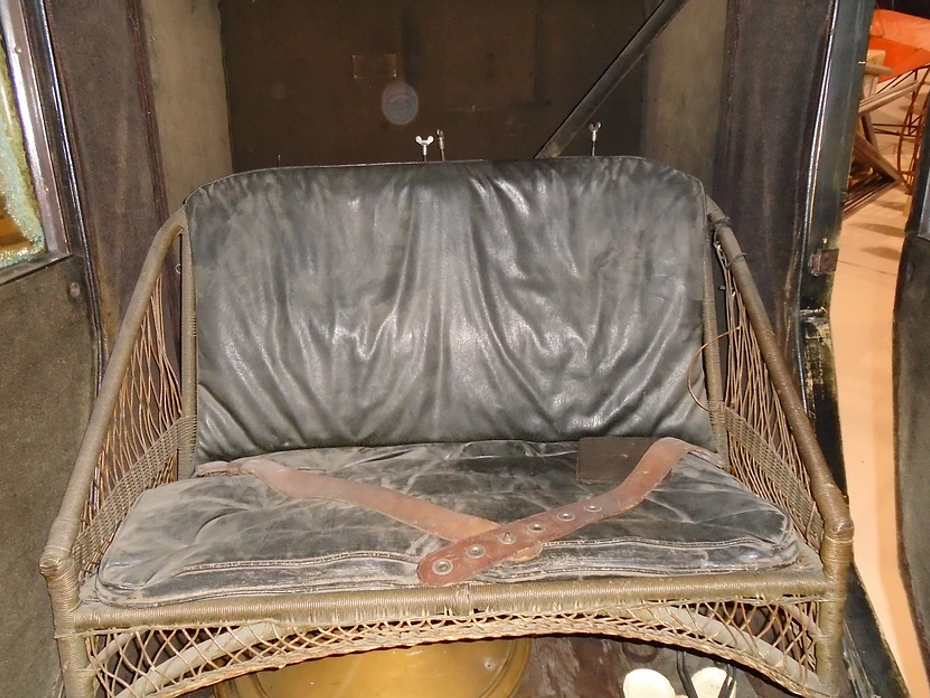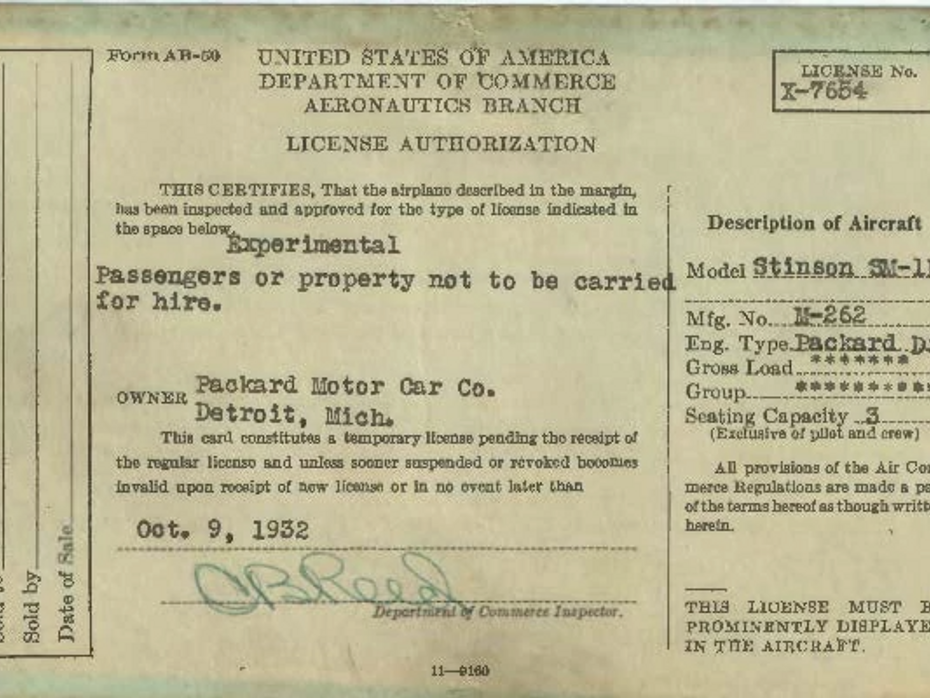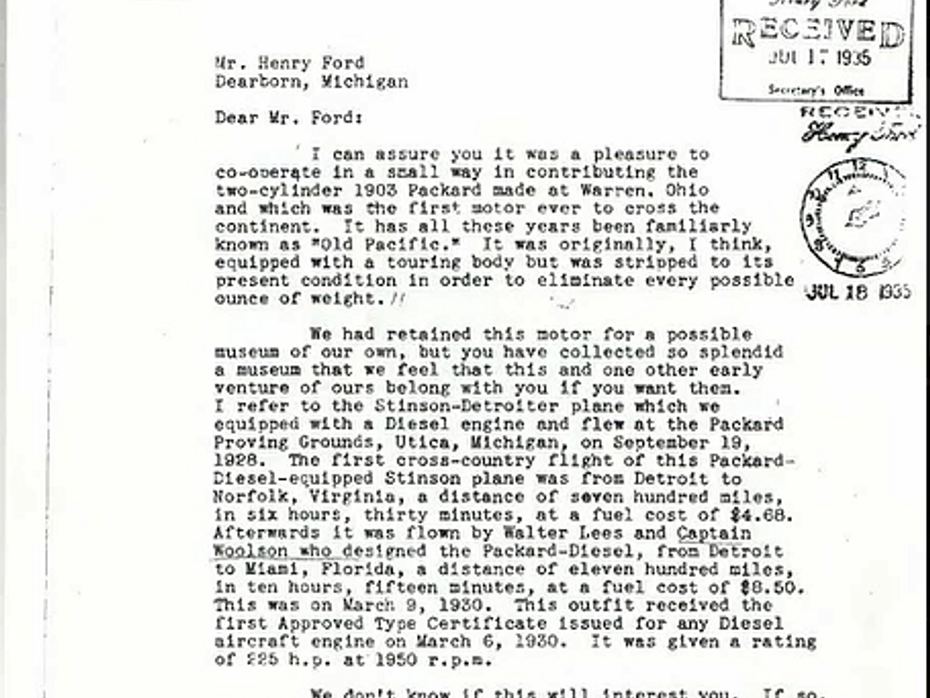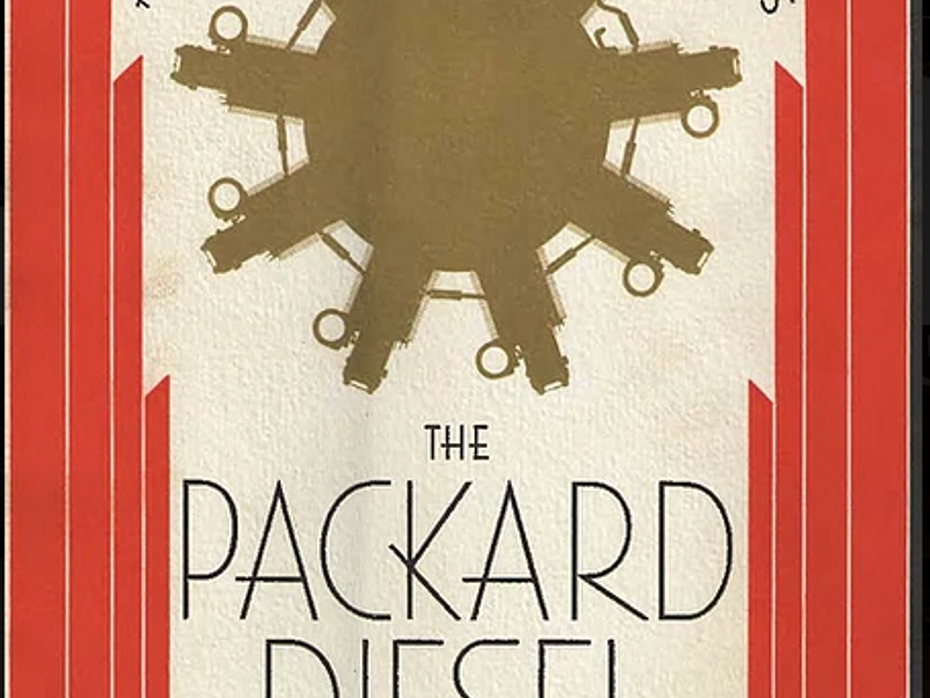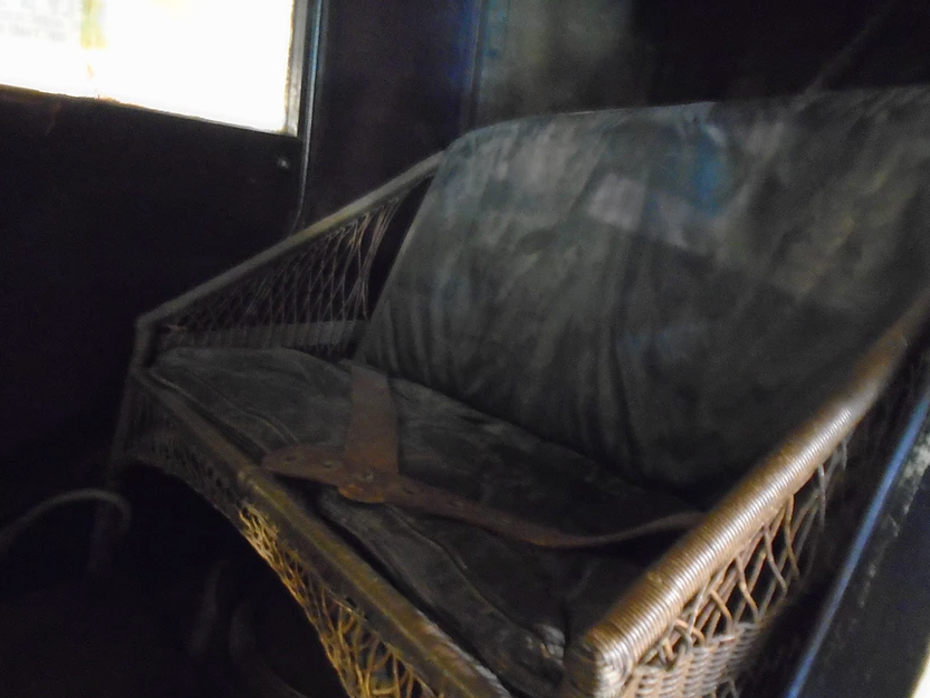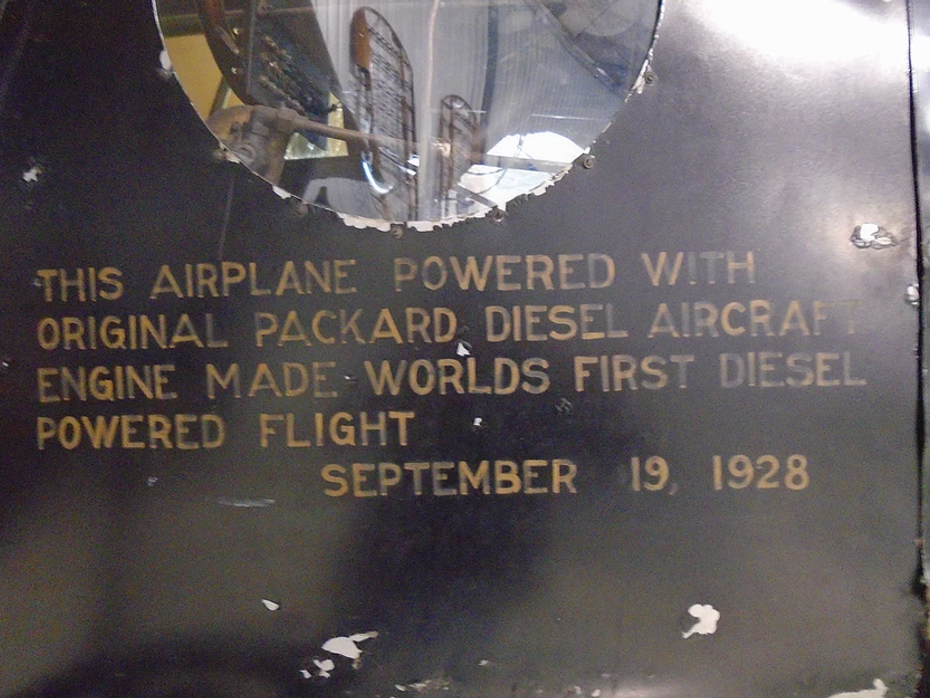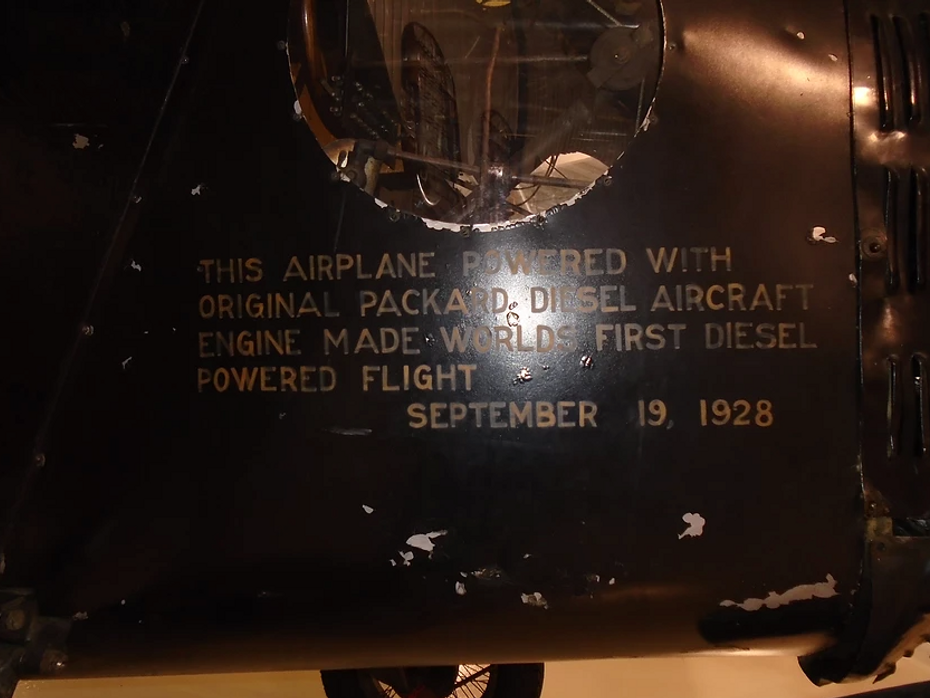1928 STINSON DETROIT SM1-B For Sale in United States
images 26
Time Capsule - in exact condition as it was in 1929
Time Capsule - in exact condition as it was in 1929
Details
- StatusFor Sale
- ConditionUsed
- Year1928
- MakeSTINSON
- ModelDETROIT SM1-B
- Airframe510 hrs
- Special UseTaildragger, Antique-Classic, Other
- LocationUnited States
- External URL
The SM-1 was a very refined aircraft for its day, having an enclosed cabin, wheel brakes, and a self starter. It had a Wright radial engine and hit the headlines with a near 13,000 mile flight from the U.S. across the Atlantic to Japan. This hazardous flight, two-thirds of the way around the world, was ended in Tokyo, more or less by popular demand. The airplane was shipped home by boat, to the relief of the pilots, who now realized the folly of their undertaking. A Detroiter also made the first flight from New York to the Bahamas Islands, also a risky flight at the time.
In its basic form, the SM-1 was a 6-seat, fully enclosed, strut braced, high wing semi-cantilever monoplane-that was powered with the 9 cylinder Wright Whirlwind J-5 engine. 36 of these planes were reported built in 1927, on the average of one a week. Most of these were used for some sort of record-flight or attempt. 1927 was a very eventful year in the annals of aviation history and the Detroiter monoplanes contributed often and eagerly. No "Stinsons" have been built now for over a decade, but there are still plenty of them flying in various models, some well over 30 years old.
Packard Motor Corp bought a Detroiter and installed their new diesel radial aircraft engine for flight testing. Although it performed reasonably well at lower altitudes, it did not do well at higher altitudes, and was eventually abandoned.
The museum's "Detroiter" was acquired from the Ford Museum and has the distinction of being the first airplane to make a diesel powered flight, and was also flown by Charles Lindbergh, only one of two left.
- Packard DR-980 nine-cylinder air-cooled aircraft Diesel engine
Seller Information

Redondo Beach, CA 90277
US
